Member Spotlight: Amini – Building AI-Native Infrastructure for the Global South

The AI-RAN Alliance unites organizations at the forefront of integrating artificial intelligence (AI) into radio access networks (RAN) to create smarter, more adaptable, and more efficient mobile networks. Among its members is Amini, an AI startup with an ambitious mission: to build sovereign, AI-native distributed infrastructure stack for the Global South.
Led by Founder and CEO Kate Kallot, former NVIDIA and Arm executive and one of TIME100 Most Influential People in AI, Amini is working in some of the most connectivity-challenged regions in the world, where data is often unstructured, compute is scarce, and trust in infrastructure must be earned. By joining the AI-RAN Alliance, Amini is connecting cutting-edge RAN innovation with the real-world needs of underserved communities, ensuring advances in telecommunications are both globally relevant and locally inclusive.
Transforming Infrastructure in the Global South
Amini’s vision is bold: to transition four billion people into the AI economy by building a cloud-native platform where data, connectivity, compute, and distributed knowledge systems converge into a unified national infrastructure. This includes integrating private 5G networks, edge compute, and advanced data systems to serve as the backbone of both digital and AI transformation.
“Our mission is to make sure the next generation of network infrastructure can be deployed in our context,” said Kallot. “More than 2.6 billion people still lack access to connectivity, and most of them live in the countries where we operate.”
By deploying AI-RAN in Africa, Latin America, the Caribbean, and Southeast Asia, Amini aims to expand 4G/5G coverage, prepare for 6G, and ensure no one is left behind in the global shift to AI-enabled communications.
Why the AI-RAN Alliance Matters to Amini
For Amini, joining the AI-RAN Alliance was a strategic decision rooted in shared values and complementary expertise. “We want to accelerate our research and make sure the innovations in AI-RAN reach the communities that need them most,” Kallot explained.
As a member, Amini is contributing its perspective on deploying AI-native RAN in regions with limited connectivity, supporting the Alliance’s mission to make mobile networks more intelligent, efficient, and adaptable. The company also acts as a bridge between the Alliance’s technical advancements and real-world application in diverse, low connectivity and climate-vulnerable contexts.
AI as a Catalyst for RAN Evolution
Kallot sees AI as transformative for the future of RAN, with potential benefits reaching far beyond connectivity. AI can help make spectrum — a finite resource — more efficiently managed and even monetized as a national tokenizable asset. This would lower the cost of expanding network coverage and reduce barriers for new internet service providers (ISPs) entering the market.
Perhaps most striking is Amini’s vision of turning telecom assets into “regenerative infrastructure” for local communities. Towers, satellite ground stations, and other RAN hardware could serve dual purposes, delivering connectivity while also processing Earth observation and IoT sensor data to support climate monitoring, land use analysis, disaster risk management, and sustainable development initiatives.
Technology in Step with the Alliance’s Mission
Amini’s platform is designed to align seamlessly with the AI-RAN Alliance’s goal of embedding AI across RAN to enable smarter, more efficient networks. The company is developing a licensable reference architecture to support spectrum refarming, dynamic spectrum sharing, and non-terrestrial network (NTN) integration across multiple regions.
Kallot notes, “In Barbados, Amini is collaborating with the Government’s Telecom Unit to deploy AI-driven network slicing for sovereign and private 5G cloud infrastructure. This approach not only improves performance but also enhances climate and disaster resilience through smart NTN switching, ensuring continuous connectivity in some of the world’s most climate-vulnerable nations.”
Opportunities for AI-RAN in the Next Five Years
Looking ahead, Kallot sees enormous potential in AI-enabled RAN capabilities, particularly in dynamic spectrum management, which could allow governments, operators, and communities to maximize use of limited spectrum resources.
Other opportunities include:
- Lightweight machine learning (ML) models and AI-enabled rApps for dynamic spectrum sensing and leasing bandwidth only when needed.
- Foundation models for spectrum sharing that can manage interference in real time.
- Energy-aware networks that optimize operations to reduce carbon footprint and overall electricity usage —critical for regions with unstable electricity.
- Smart TN-NTN switching to extend coverage without laying new fiber.
- Multi-purpose RAN assets for both connectivity and high-value edge computing workloads, from agriculture analytics to climate resilience tools.
“By combining AI-RAN with sovereign, decentralized compute architectures, governments can ensure data sovereignty and build national AI innovation ecosystems without relying on foreign hyperscalers,” says Kallot.
Active Engagement in AI-RAN Alliance Working Groups
Amini is actively contributing to three of the Alliance’s core working groups in the following ways:
- AI-for-RAN – Using AI for dynamic spectrum sensing and refarming to improve climate disaster resilience and rural broadband, starting with small island developing states.
- AI-and-RAN – Orchestration of AI and RAN workloads for network enhancement and efficient resource allocation for IoT and Earth observation data processing. (“Our projects rely on both telecom telemetry and external geospatial and Earth observation data from satellites, so contributing to and leveraging, shared model repositories is of interest to us. This aligns with our work in using RAN infrastructure to process environmental AI workloads at the edge,” says Kallot.)
- AI-on-RAN – Deploying AI inference directly on edge devices for smarter operations from edge to cloud. The goal is to turn RAN infrastructure into multi-purpose platforms for connectivity, local data processing and climate-focused outcomes.
These engagements reflect Amini’s integrated approach to telecom and environmental innovation, where infrastructure investments deliver both digital inclusion and sustainable development benefits.
Learn More About Membership
The AI-RAN Alliance is advancing a shared vision for AI-native telecom networks. To explore how your organization can join this effort, visit our membership page.
